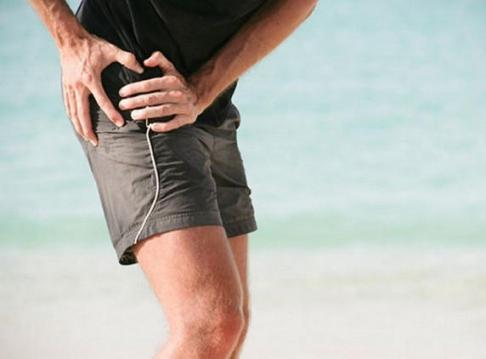Trochanteritis: What is it and how is it treated?
The trochanteritis, also called trochanteric bursitis, is a disorder caused by inflammation of the bursa, a species of bag that stores the synovial fluid whose function is double. On the one hand, it helps to lubricate the structures of the lateral part of the thigh and, secondly, to protect the tendons and muscles in the area. The trochanteritis, in medical terms, is the most common cause of hip pain, being more frequent among athletes and among women, from the age of 40.
Table of Contents
Trochanteric Bursitis Causes
The main cause of this disorder is the continuous rubbing of the hip to perform movements of flexion and extension, and hence there are the athletes who more vulnerable to suffer trochanteritis, and among them, those who practice marathon or bicycle. There are other risk factors to consider, such as overweight or obesity, osteoarthritis of hip, herniated discs, the flat feet or have a leg slightly longer than the other.
Trochanteric Bursitis Symptoms
Pain in the hip, in particular on the side, it is the most characteristic symptom of the trochanteric bursitis, increasing intensity in movements like climbing stairs, lie on the side or get moving after having been sitting for a while.
It is desirable to consult the doctor to confirm or rule out the disorder, since in some cases, for example, can be mistaken for a pinched lumbar or sciatic pain. In these cases, it may be necessary to do an MRI or ultrasound of the hip.
Trochanteric Treatment
To alleviate the discomfort should do rest, especially sports, for an average of 10-15 days and, if necessary, take oral anti-inflammatory. The doctor may also recommend applying a cream or gel in the area.
Logically, we must take into account the cause of the problem. Depending on the intensity and swelling, you can also apply a treatment with ultrasound and shock waves as well as perform specific therapeutic exercises to strengthen the area.
When the treatment does not provide the expected results, the doctor can assess the option of making a infiltration with corticosteroids and anesthetics. If this does not give a result, the surgery will be valued to eliminate the affected bag.
